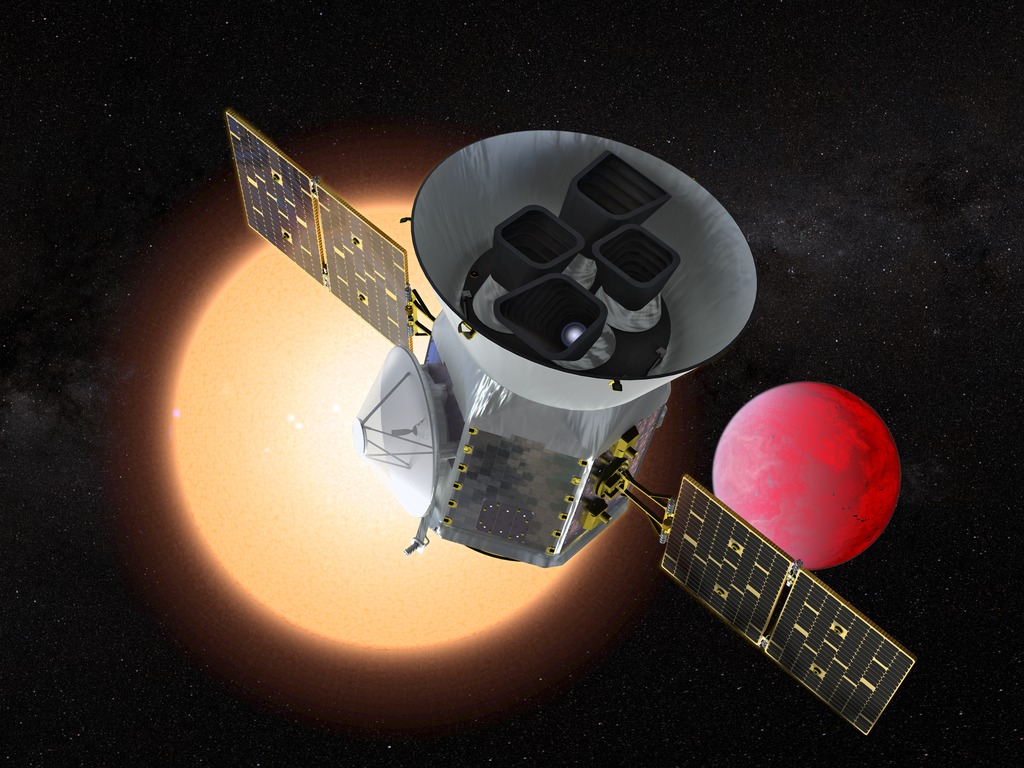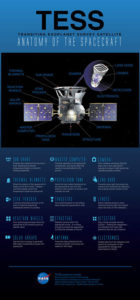TESS Builds on Success of the ‘Transit Method’ of Planet Detection

As the first space-based, all-sky surveyor in search of exoplanets, TESS is poised to provide tantalizing new clues in the search for planets outside our solar system that could harbor life. Like the successful Kepler mission before it, TESS will watch for signs of planets passing in front of the stars they orbit.

When a planet crosses in front of its star, that’s called a transit – and it results in a short-lived flicker in the starlight seen by an observer. (Check out NASA’s TESS Mission Overview for more about the transit method of detecting planets.)
Kepler, which launched in 2009, focused on one portion of the sky and sought to find Earth-like planets. TESS, on the other hand, will look for stars 30 to 100 times brighter than those observed by Kepler. TESS also will scan a far larger area: it will spend about a month at a time focusing on one swath of sky, eventually covering the entire sky, as it searches for terrestrial planets outside of our solar system — yet close enough for follow-up study using ground-based telescopes.
TESS is designed for the stability it will need in order to focus its cameras on the stars it will monitor. The spacecraft is based on Orbital ATK’s LEOStar-2 platform, previously used on several NASA observatory missions, including NuSTAR and Orbiting Carbon Observatory-2.
Partners on the TESS mission team include the Massachusetts Institute of Technology, the Kavli Institute for Astrophysics and Space Research, NASA’s Goddard Space Flight Center, MIT’s Lincoln Laboratory, Orbital ATK, NASA’s Ames Research Center, the Harvard-Smithsonian Center for Astrophysics, and the Space Telescope Science Institute.
For additional details about the TESS mission, the search for exoplanets and more, visit https://www.nasa.gov/tess.



























